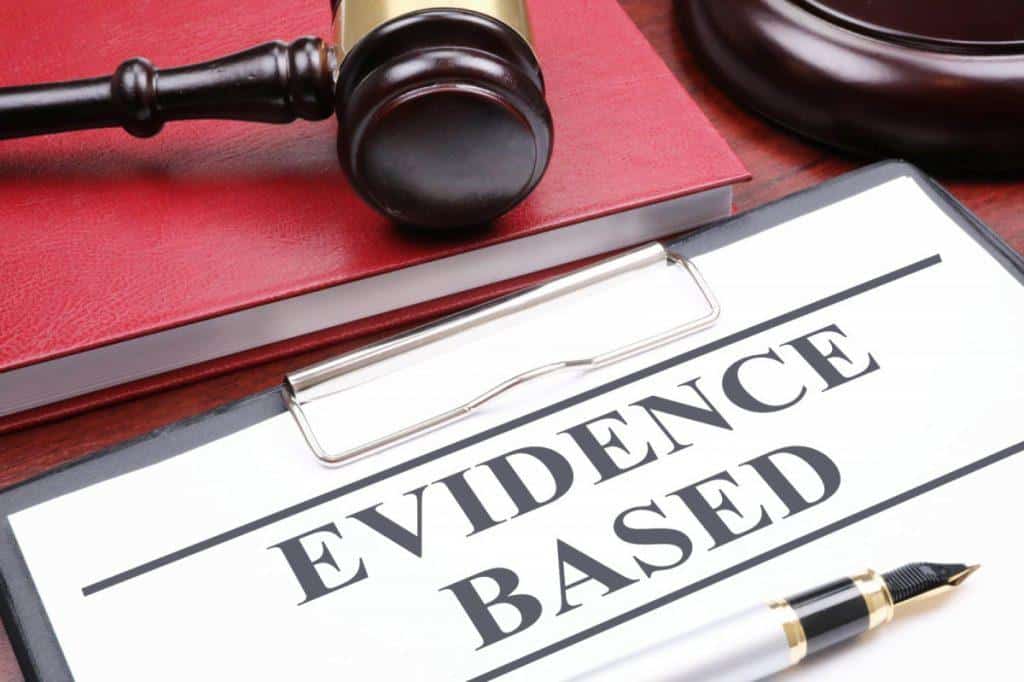
Being injured in an accident caused by someone else’s actions is stressful. It is even more stressful when you are trying to navigate the legal process. Whether it’s a car accident, a slip and fall, or any other injury caused by negligence, your ability to prove that the other party is at fault is crucial.
That’s where a personal injury lawyer comes in. They work to gather and present the right kind of evidence to build a strong case in your favor.
One of the most critical pieces of this puzzle is evidence of negligence, which helps establish that the other party’s actions, or lack of action, directly led to your injuries.
In a personal injury case, your lawyer’s job is to convince the insurance companies and, if necessary, the court, that the responsible party should be held accountable for your damages. To do this, they rely on various pieces of evidence.
In this blog, we will discuss how lawyers use evidence to make their cases stronger.
Key Types of Evidence in Personal Injury Cases
Personal injury lawyers gather various types of evidence to support your claim. Here are some of the most common.
1. Witness Testimonies
Eyewitnesses can provide firsthand accounts of the incident. These testimonies help piece together the events and clarify who was at fault. Witnesses could include people who saw the accident or interacted with the parties involved shortly after the incident. Their accounts can be vital in establishing evidence of negligence.
2. Medical Records and Bills
Your injuries are at the core of your personal injury claim. Medical records and bills serve as tangible proof of the injuries you sustained, as well as the treatment required to recover. Doctors’ notes, test results, and other medical documents will show the extent of your injuries and directly link them to the incident.
3. Police Reports
Police will create a report that includes details about the accident. They may have noted the people involved, any citations or charges, and the officer’s opinion on who was at fault. Police reports can be valuable in demonstrating evidence of negligence, especially in car accidents.
4. Photos and Videos
Photos of the accident scene, your injuries, or damaged property are some powerful evidence. Sometimes, video footage from security cameras or bystanders can provide a clear picture of what happened.
5. Expert Testimonies
Sometimes, you cannot get the accurate evidence you need. That’s when expert testimony comes in. Accident reconstruction experts or medical professionals can provide professional opinions about the accident, the cause of your injuries, and the long-term impact on your life. This can add credibility to your case and help prove negligence.
Having the proper evidence helps you get a better settlement offer. Insurance companies sometimes won’t offer a fair deal. However, strong evidence makes it harder for them to deny responsibility.
How Evidence of Negligence Is Used to Build Your Case
At the heart of a personal injury case is proving negligence. Negligence is the failure to exercise reasonable care, harming another person. To win your case, your lawyer must establish four essential elements:
- Duty of Care: The defendant owed you a responsibility. For example, a property owner must keep their premises safe, and drivers must obey traffic laws.
- Breach of Duty: The defendant failed to meet that duty of care. It might include driving recklessly or failing to maintain a safe environment.
- Causation: The defendant’s breach of duty directly caused your injuries. This is where evidence of negligence becomes so important.
- Damages: You must have suffered actual harm, whether it’s physical injury, emotional distress, or financial loss, because of the accident.
Your lawyer’s job is to gather enough evidence to demonstrate these elements clearly and convincingly.
For example, in a slip and fall case, your lawyer might gather evidence like surveillance footage, maintenance records from the property, and testimonies from employees or witnesses to show that the property owner failed to address a dangerous condition that led to your injury.
Conclusion
Building a personal injury case is a detailed and complex process. If you are injured in an accident, consult an experienced personal injury lawyer who can gather and present the right evidence to build a strong case on your behalf. With the right evidence, you’ll have a much better chance of securing the compensation you deserve. Berjak Personal Injury Lawyers have the experience and resources to help you navigate the legal process and fight for your rights.






